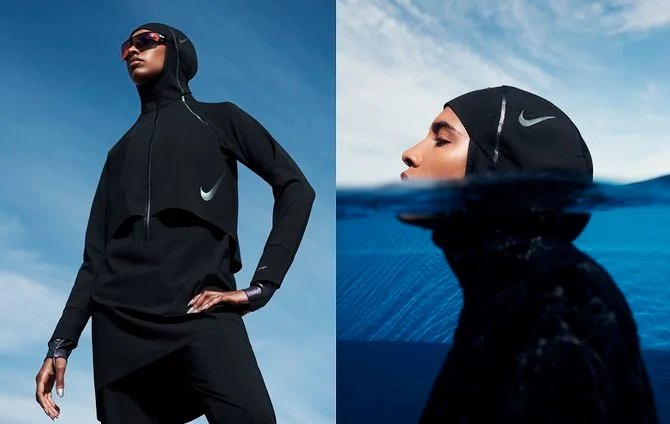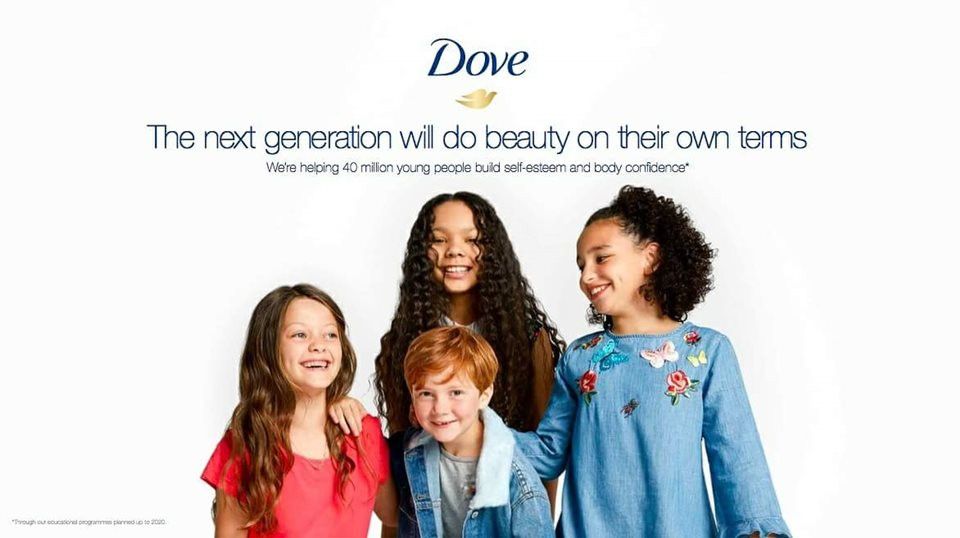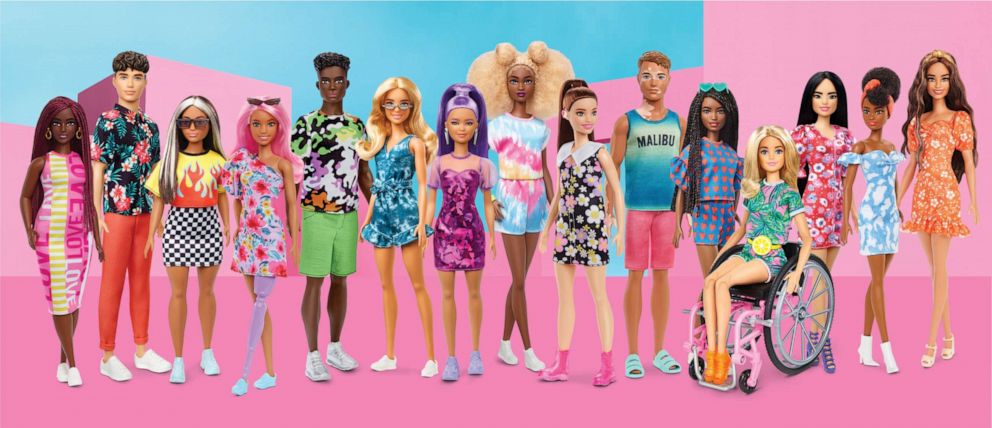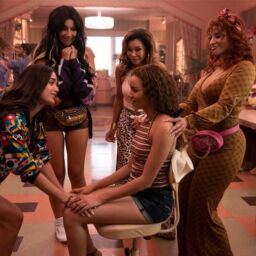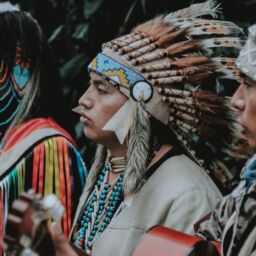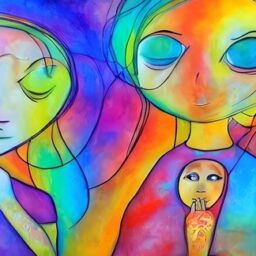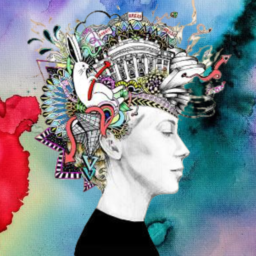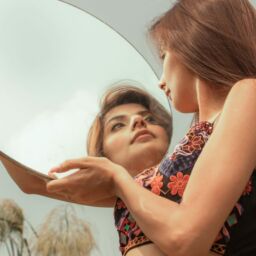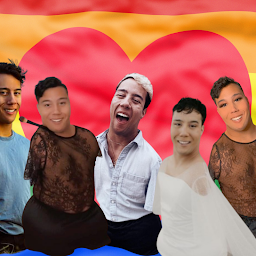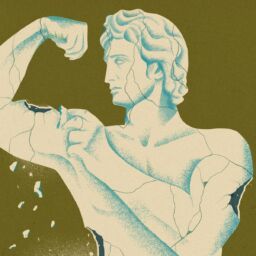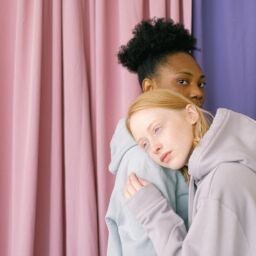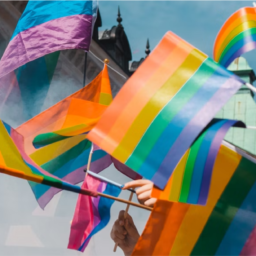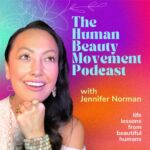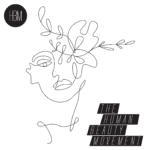
The words “inclusion” and “diversity” are so often joined that they are commonly treated as a single term; however, these words mean different things. Author Vernā Myers, an advocate for diversity and inclusion, puts these terms into perspective by saying, “Diversity is being invited to the party, while inclusion is being asked to dance.” In this blog, we will explore the meaning and importance of inclusion through the understanding of oppression and “isms,” tribalism, and unconscious bias, while also exploring a few brands putting inclusion at the forefront of their business model.
Inclusion, Diversity, Equality, and Equity Defined
“We should try to leave the world a better place than when we entered it.”— Michio Kaku
To start off, it is helpful to define exactly what we mean by inclusion, diversity, equality, and equity.
Inclusion is involvement and empowerment, where the inherent worth and dignity of all people is recognized. An inclusive environment promotes and sustains a sense of belonging; it values and practices respect for the talents, beliefs, backgrounds, and ways of living of its members.
Diversity is the range of human differences, including but not limited to race, ethnicity, gender, gender identity, sexual orientation, age, social class, physical ability or attributes, religious or ethical values system, national origin, and political beliefs.
Equality is the state of being equal, especially in status, rights, and opportunities. Equality means each individual or group of people is given the same resources and opportunities, regardless of their circumstances.
Equity recognizes that each person has varying circumstances and needs, and therefore different groups of people need resources and opportunities allocated to them accordingly to thrive.
Understanding Oppression and “Isms” as a System
In the world today, everyone possesses or is possessed by an “ism.” An ism has various definitions. According to the Merriam-Webster Dictionary, it is defined as “a doctrine-theory-religion; prejudice or discrimination based on a specified attribute; and adherence to a system or a class of principles.”
Initially, isms were associated with religion; Buddhism, Judaism, and Hinduism are the most recognized religions that end with this suffix. However, over time, the definition of “ism” has taken on a connotation of repressive bias. For example, sexism is the practice of discriminating against a set of people based on gender, while racism is the systemic oppression of people based on race. These isms, along with many others, intertwine on personal, interpersonal, institutional, and cultural levels…
Personal Isms
The personal level is associated with our values, beliefs, and feelings about individuals different from ourselves. Growing up, we are given direct and indirect messages about our values. The institutions that we interact with as children and adults, such as schools, faith communities, and judicial systems, commonly support those values.
Since we are inherently grouped based on race, gender, class, religion, and other identities, we are also getting subtle and not so subtle messages of superiority or being the norm that others need to be measured against.
Interpersonal Isms
At the interpersonal level, the focus is on our actions, behavior, and language as we interact with individuals different from us. If one believes that “poor people are poor based on bad personal choices,” they may try to change these individual’s thinking by shaming them for their choices, lecturing them on making better choices to improve their life outcomes, or not taking into account the complexities of living in generational poverty.
Institutional Isms
The institutional level includes the rules, policies, procedures, and practices, which are written and unwritten within an institution that defines who is welcomed and can fully participate
A written policy may state that only individuals with certain degrees or formal education can apply for certain jobs, excluding individuals who may have informal experiences or other wisdom that could be considered valuable for the position.
An unwritten policy may be that as a male you need to keep your hair well groomed to be considered for a leadership role within the organization, possibly excluding men who grow their hair long for spiritual or religious reasons.
Cultural Isms
At the cultural level, the focus turns to how we define what is right, normal, truthful, or beautiful. These isms are projected through the social standards embedded in the media and accepted by a society.
This could look like a national leader offering skewed cultural messages and then national conversations and policies being informed by this “truth.” These cultural messages and norms can be direct, indirect, or both, and serve to maintain power and privilege for those in dominant groups.
About Tribalism
Tribalism, understood as “groupness” or “group affiliation,” has been an inherent part of human history. Tribes have naturally formed to cohere groups based upon shared geography, family, interests, experiences, beliefs and/or values. While the phrase ‘finding your tribe’ is seen today as a positive sign of group belonging, the inherent byproduct is the “othering” of those who don’t belong. Tribal conflict ensues when a group battles with another for survival, resources, ego, and/or power. Competition between “tribes” of humans can be as serious as warfare or as jovial as cheering for a sports team.
Today, social media makes it easier than ever for individuals to connect with others and find new people that they relate to. Social communities can enhance life experience by fostering friendship and building rich connections. The discernment is to identify when social media algorithms create disconnect from others who are different or have dissimilar points of view. By expanding the people who you are connected to, social media can broaden your horizons and help you grow to become more inclusive.
The antidote to tribalism is dialogue, active listening, and breaking bread together in the search for understanding and common ground. Ultimately, our goal is to build the tribe we all belong to, which is that of humanity. When we can see each other as human beings, we change destructive tribalism into constructive tribalism.
About Unconscious Bias
Unconscious bias is the tendency to act from a range of assumptions and proclivities that we are not consciously aware of. This can include decisions or actions as well as hidden influences on decisions and actions that we believe are rational and based on objective unbiased evidence and experience.
Gender bias in the workplace, for example, leads to predetermined views of talent, creating inequalities of men versus women. This bias leads to the thought that one gender may be better for leadership than others.
We can combat unconscious bias by consciously asking ourselves, “Is there anything that makes this person more or less qualified than any other individual?” By implementing this critical thinking, we can more readily make an informed and unbiased decision on who should be promoted or hired for a specific role.
Usually, what we say represents our conscious beliefs, while what we do defines our unconscious beliefs. Nonetheless, our conscious beliefs often influence our subconscious. Interestingly enough, this thought process is a key factor in manifestation. By voicing, affirming, and living our conscious thoughts, we can change our reality into something more inclusive and diverse.
Dr. Karen Morley has researched how unconscious bias can affect the choices of individuals and has developed three ideas to combat unconscious bias:
- Having biases is normal; the key is to be aware of what your biases are, as this helps you actively manage them. You can measure your unconscious bias by taking the Harvard Project Implicit Test.
- Take the time to deliberate over decisions. This allows you to reduce the likelihood that your unconscious beliefs will bias your decisions. Fast decisions usually rely on unconscious processes which increases the likelihood of bias.
- Actions are the real test. Words can make a huge impact, but the truth is that actions can make an even bigger one. To take action at work, for example, try reading through policies and rules to see if they foster an inclusive environment. If not, you can bring it up to someone in charge.
Inclusive Brands Changing the Game
When ads accurately reflect consumers’ personal preferences, styles, and ways of living, they can create a sense of belonging and inclusion. Additionally, featuring people of distinct backgrounds in settings viewers can relate to can help build authentic connections with members of new target audiences.
Here are a few examples of brands that are moving the needle on representation. They are widening the demographics used in their marketing to promote inclusion, diversity, and equality:
Good American
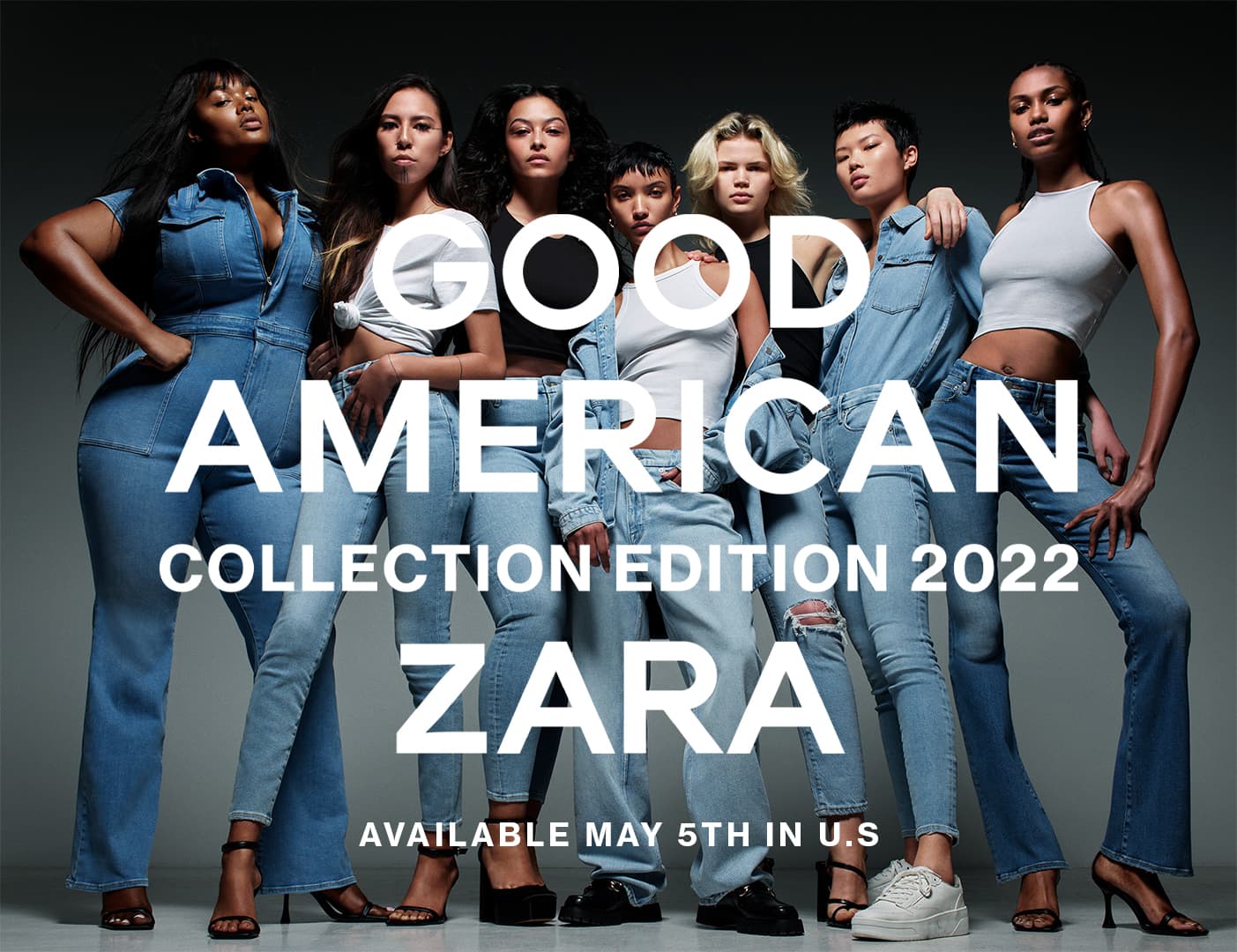
A wonderful example of a brand widening demographics is Good American, which is led by Emma Grede and Khloé Kardashian. Good American has championed inclusivity and made it a mission to have every woman seen and heard. The brand has an annual nationwide casting call for diverse women to model in its seasonal ad campaigns and showcases a model in every size (00 to 24) on its website.
Nike
Pictured: Nike’s full coverage swimsuits Source: Nike Swim
Nike’s “Until We All Win” focus has inspired people all across the globe. The brand states, “Nike believes in the power of sport to unite and inspire people to take action in their communities. Equality isn’t a game. But achieving it will be our greatest victory. Until we all win.” Nike also goes beyond a campaign with expanded product offerings, such as its full-coverage swimsuits that feature hijabs.
Dove
Pictured: Dove’s long-running Self-Esteem Project Campaign (2004-2022) Source: Dove
Dove, a Unilever brand, has created campaigns focused on real people — people of color, the LGBTQ community, and people of all ages and body types. Its “Real Beauty” campaign brings the brand down to the level of consumers, not to the level of models or people of a so-called “perfect” size. Dove has also shaped messaging for children, starting at critical ages, to eliminate negativity around body shape and size, such as with its “Self-Esteem Project” campaign.
Mattel’s Barbie
Pictured: Mattel’s 2022 lineup of Barbie Fashionista Dolls Source: Good Morning America
Mattel has done a great job with Barbie in recent years by moving away from its traditional definition of “dolls” to take a more inclusive approach. This was partially driven by consumer sentiment, but the result is a much wider representation of children. The Barbie Fashionista Dolls of 2022, for example, feature dolls of varying ethnic backgrounds and include those with disabilities.
How to Be More Inclusive in Your Everyday Life
“Diversity is a fact. Equity is a choice. Inclusion is an action.” – Arthur Chan
It’s common to think that an inclusive model of behavior has to do with others; however, it’s important to start with ourselves and our own level of awareness and openness on the subject. Here are a few simple strategies to become more inclusive in your daily life:
- Amplify more voices: Whether you’re on social media, run a blog, or share some sort of content regularly, it’s important to amplify and share more than one voice. If you have employees, utilize your team. Hear their stories, learn their skills, and let them be heard. To learn more about what it means to amplify diverse voices, you can listen to this episode of the Grow Kinder podcast.
- Promote accessibility. Whether you’re offering remote work, multiple channels of communication, or even having an elevator or wheelchair ramp, there are several ways in which you can improve the accessibility within your office. Click here to learn more about making your workspace more accessible and inclusive.
- Be mindful in your communication. When communicating with those around you, be mindful of the tone of your voice, what you say, and how it’s directed. Forbes shared a great blog on mindful communication that may help if you’re struggling.
- Be open-minded: Meeting new people and learning new things is one of the many “plusses” in life. So, when meeting these people, especially the ones that you may perceive as “different,” consider them, their life, and their talents with an open mind. Click here for a few tips on how to live life with an open mind.
The Human Beauty Movement Stands For Inclusion, Diversity, and Equality
The Human Beauty Movement was developed with inclusivity, diversity, and equality in mind; our mission is to inspire acceptance and humanity of all people, regardless of race, age, skin tone, ability, gender, or beliefs. The HBM facilitates radically inclusive connections of humans to products, services, and each other so they can learn, grow, and thrive in a more inclusive and diverse world. You can join The HBM community here.
How do you feel about the state of inclusion in the world? Let us know in the comments!

